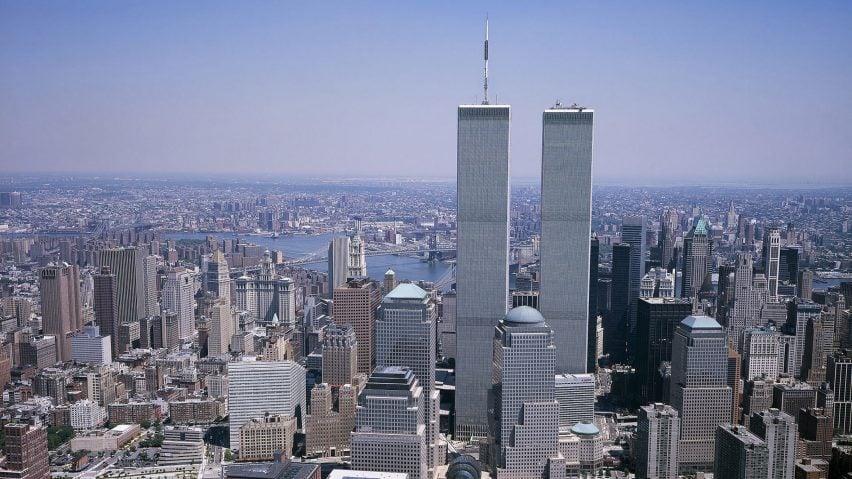
History of the world's tallest skyscrapers
The World Trade Center was once the tallest building on the planet. Continuing our series marking the 20th anniversary of 9/11, we look at its place in the history of the world’s tallest skyscrapers.
The World Trade Center was the tallest building in the world when completed in 1973. But when it was destroyed in the 9/11 terrorist attack in 2001, it had already been overtaken by three other buildings.
In total 84 per cent of skyscrapers over 200 metres have been built since 2001 according to a report created by the Council on Tall Buildings and Urban Habitat.
Here we chart the history of the world's tallest building from early skyscrapers in New York to the 828-metre-tall Burj Khalifa in Dubai.
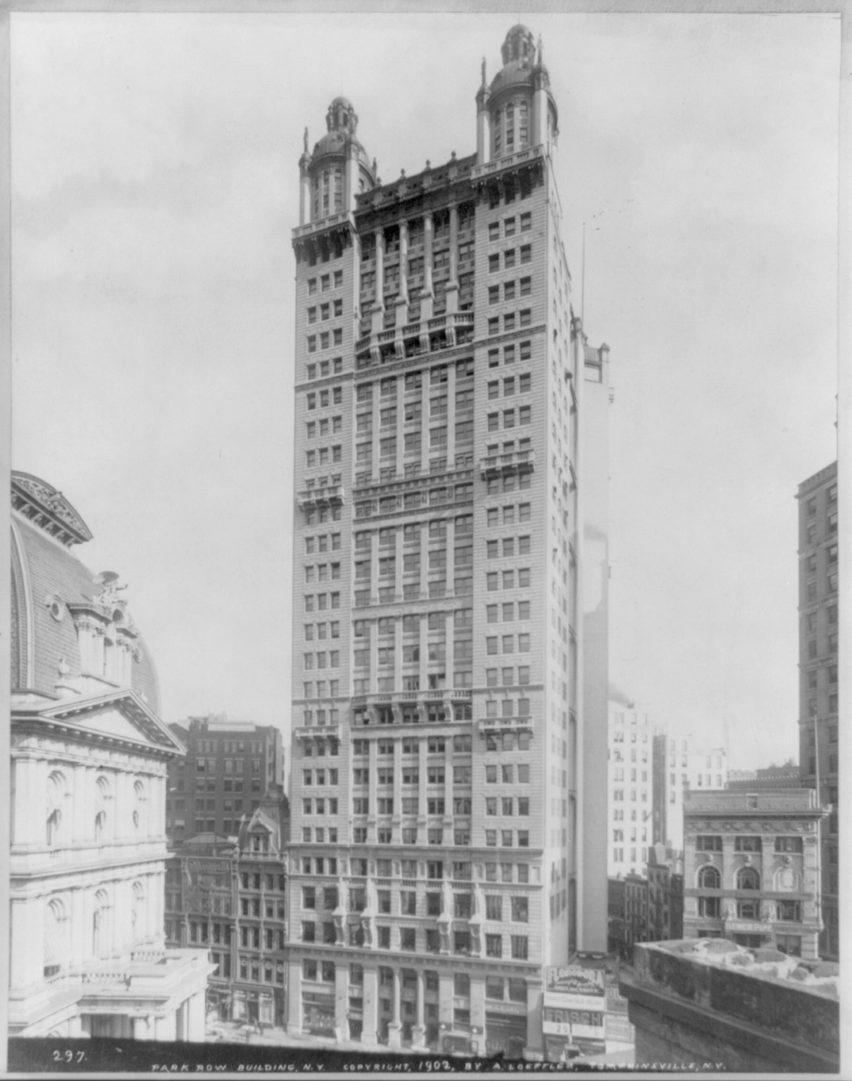
Park Row Building, New York City, USA (1899) – 119 metres
At the beginning of the century, the 119-metre-tall Park Row Building in New York City was the world's tallest skyscraper, a title that would remain in the city until 1974, when the Sears Tower completed in Chicago.
Originally an office block for 4,000 people, the 31-storey steel-framed early skyscraper was designed by architect R H Robertson. In the early 2000s, the building was renovated and converted into residential units.
Although the structure was the world's tallest skyscraper at the time, it was not the world's tallest building. It is considerably shorter than Ulm Minster cathedral in Germany, which rises to 161 metres.
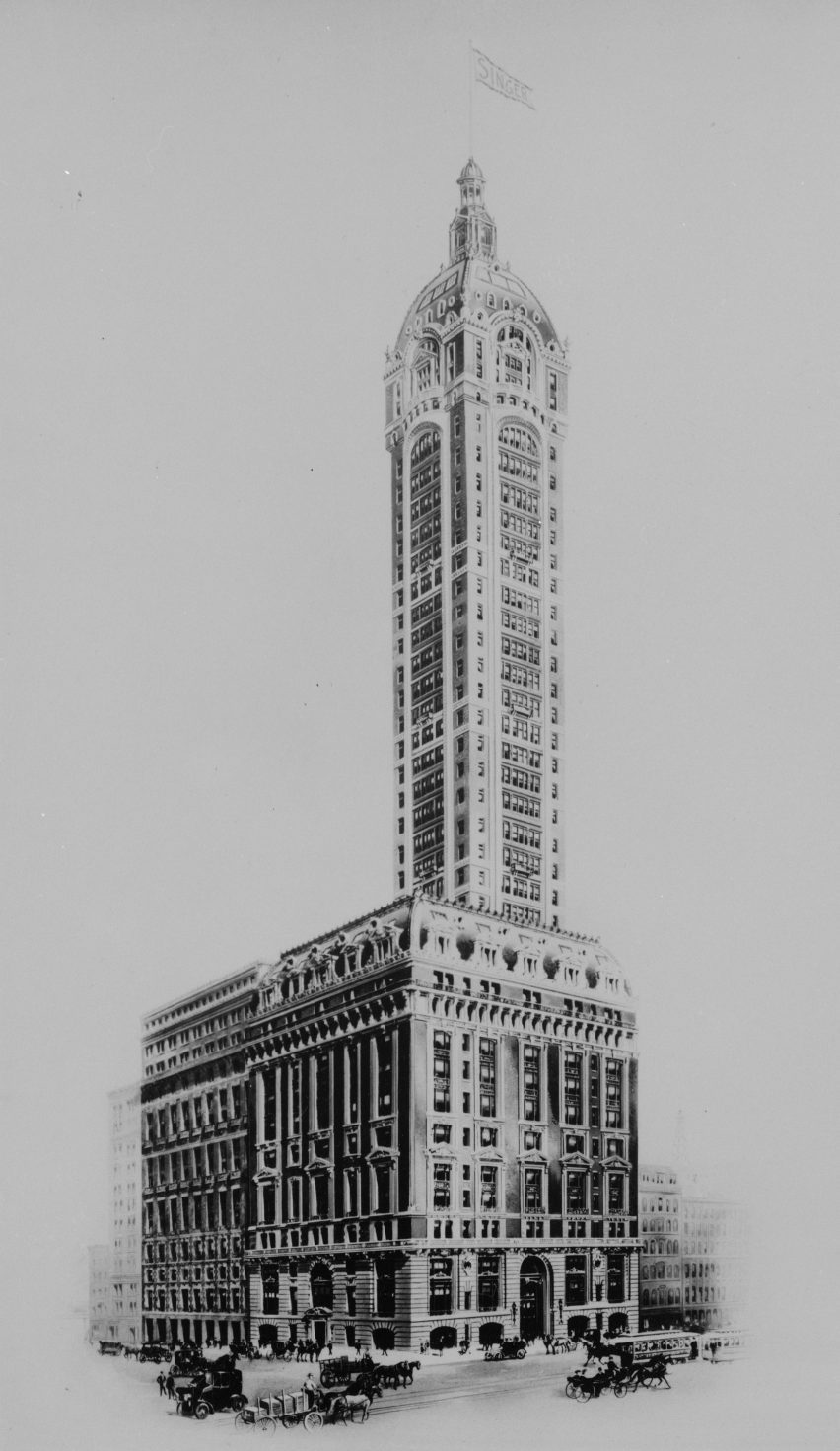
Singer Building, New York City, USA (1908) – 187 metres
In 1908, the Beaux-Arts-style Singer Building became the world's tallest skyscraper and, standing at 187 metres high, the world's tallest building.
Designed for sewing machine company Singer, the building was divided into two distinct parts: a 14-storey base with a 27-storey square tower rising from it.
Despite protests, the office building was demolished in the late 1960s. The SOM-designed One Liberty Plaza skyscraper now stands on the site.
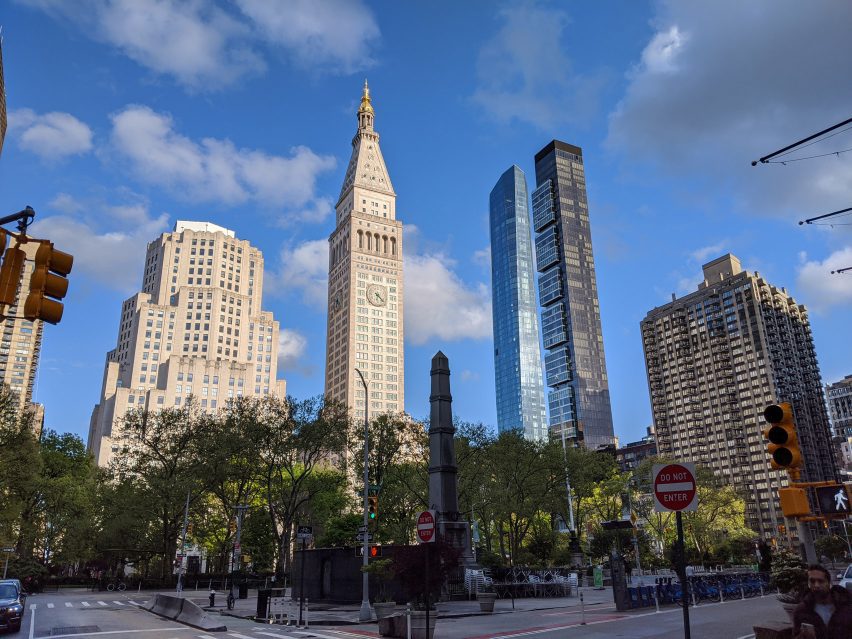
Metropolitan Life Insurance Company Tower, New York City, USA (1909) – 213 metres
The Singer Building only briefly held the title of the world's tallest building, being eclipsed by the Metropolitan Life Insurance Company Tower a year after it was completed.
The building's clock tower was inspired by St Mark's Campanile in Venice. It rises to 213 metres alongside an office building that occupies an entire city block. In 2015, the tower was refurbished and now contains the 273-room New York Edition Hotel.
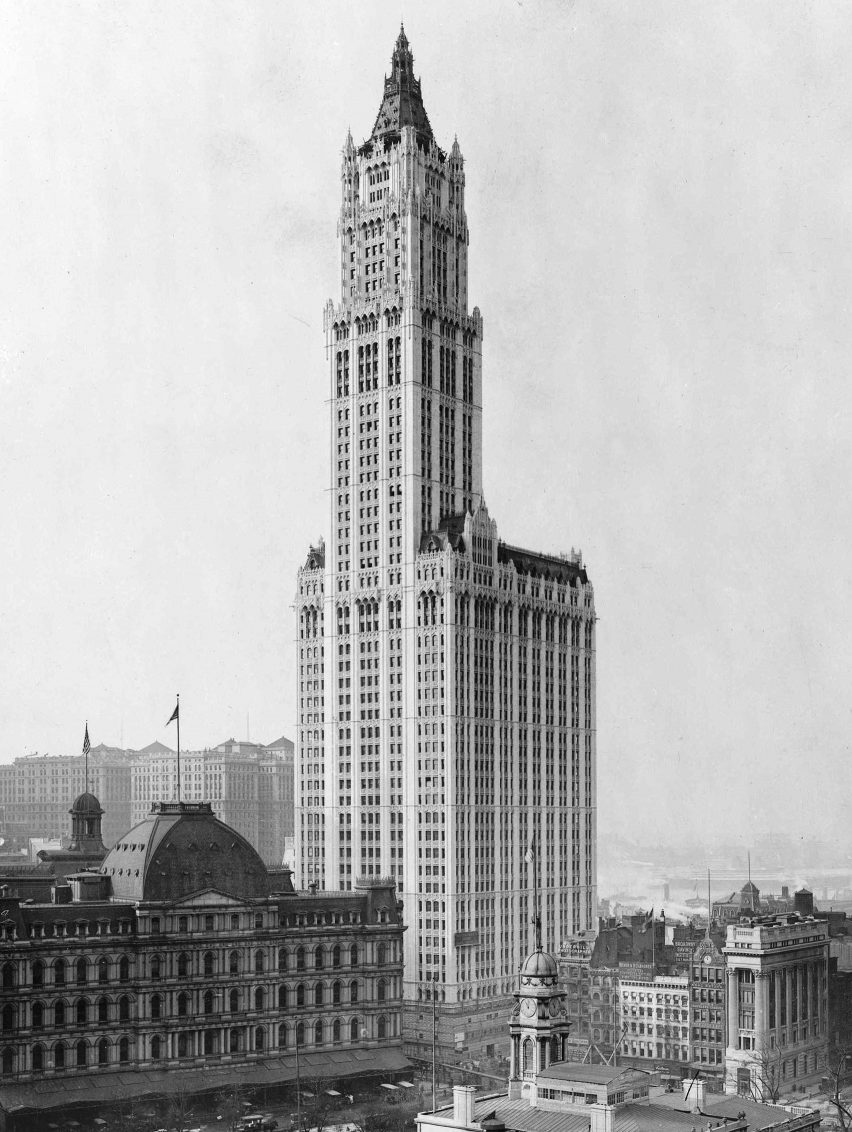
Woolworth Building, New York City, USA (1913) – 241 metres
Designed by architect Cass Gilbert, the 241-meter-high Woolworth Building was the tallest building in the world from 1913 to 1930.
The tower was created as the headquarters for retail company Woolworth's, which owned the tower up until 1998.
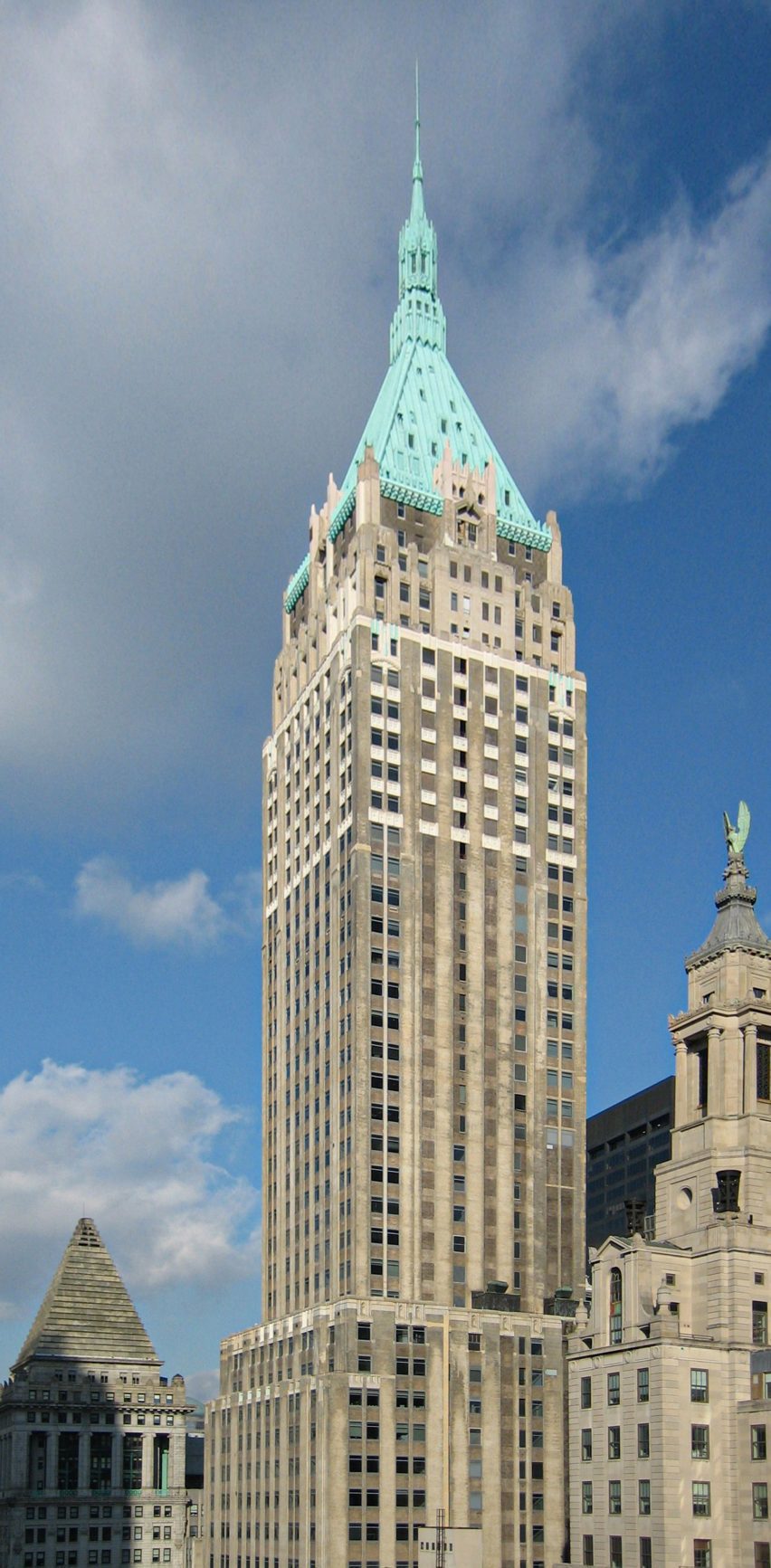
40 Wall Street, New York City, USA (1930) – 283 metres
Rising to 283 metres, the neo-Gothic skyscraper 40 Wall Street was the first of a trio of buildings to claim the title of world's tallest in quick succession at the start of the 1930s.
The skyscraper, which was the world's tallest building from April to May 1930, is currently owned by former US president Donald Trump.
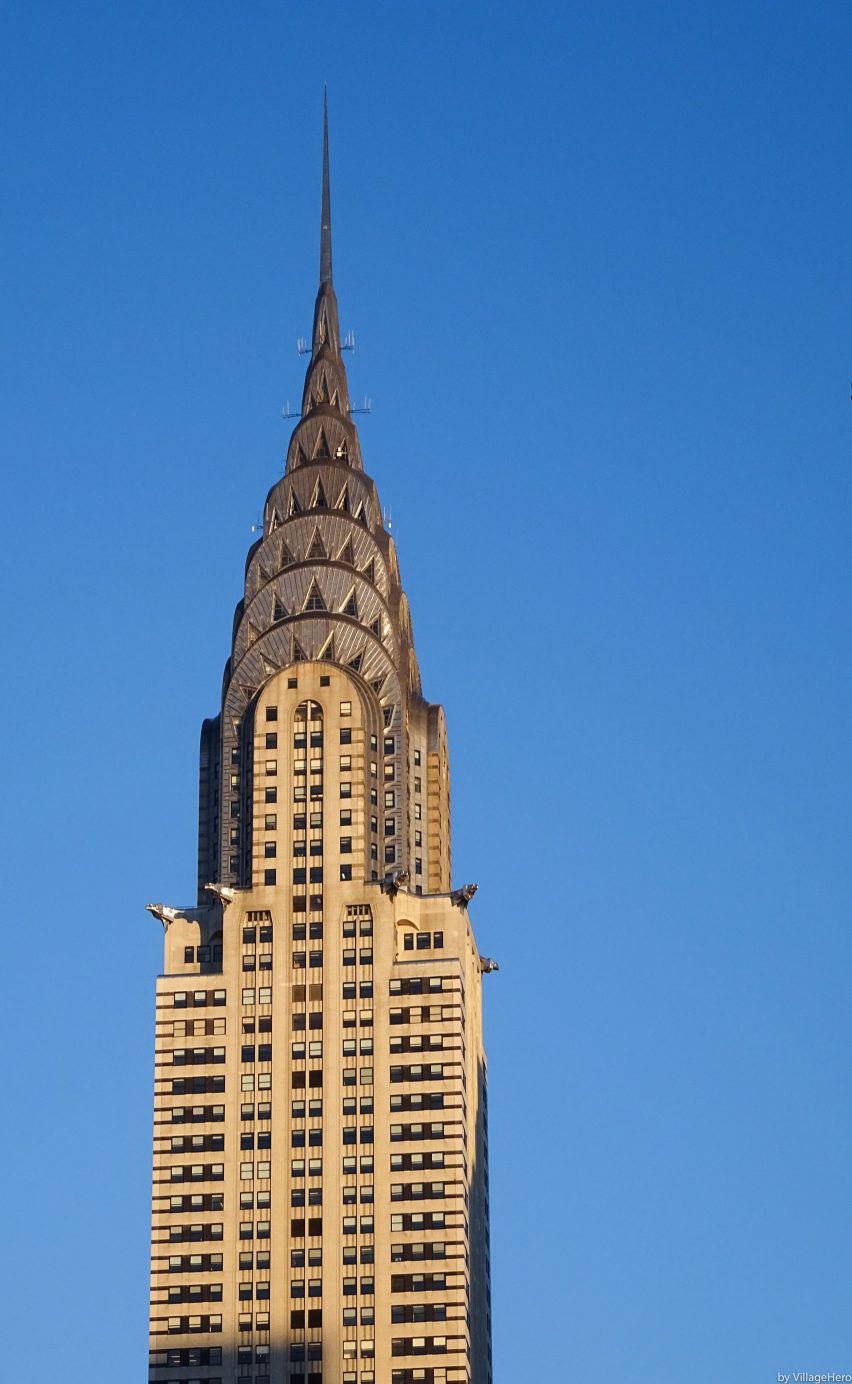
Chrysler Building, New York City, USA (1930) – 319 metres
Completing just after 40 Wall Street, the art deco Chrysler Building designed by William Van Alen is one of the world's most distinctive skyscrapers.
Although the top floor of the 77-floor skyscraper is only 282 metres above ground, the spire that tops the building's crown-like roof rises to 319 metres.
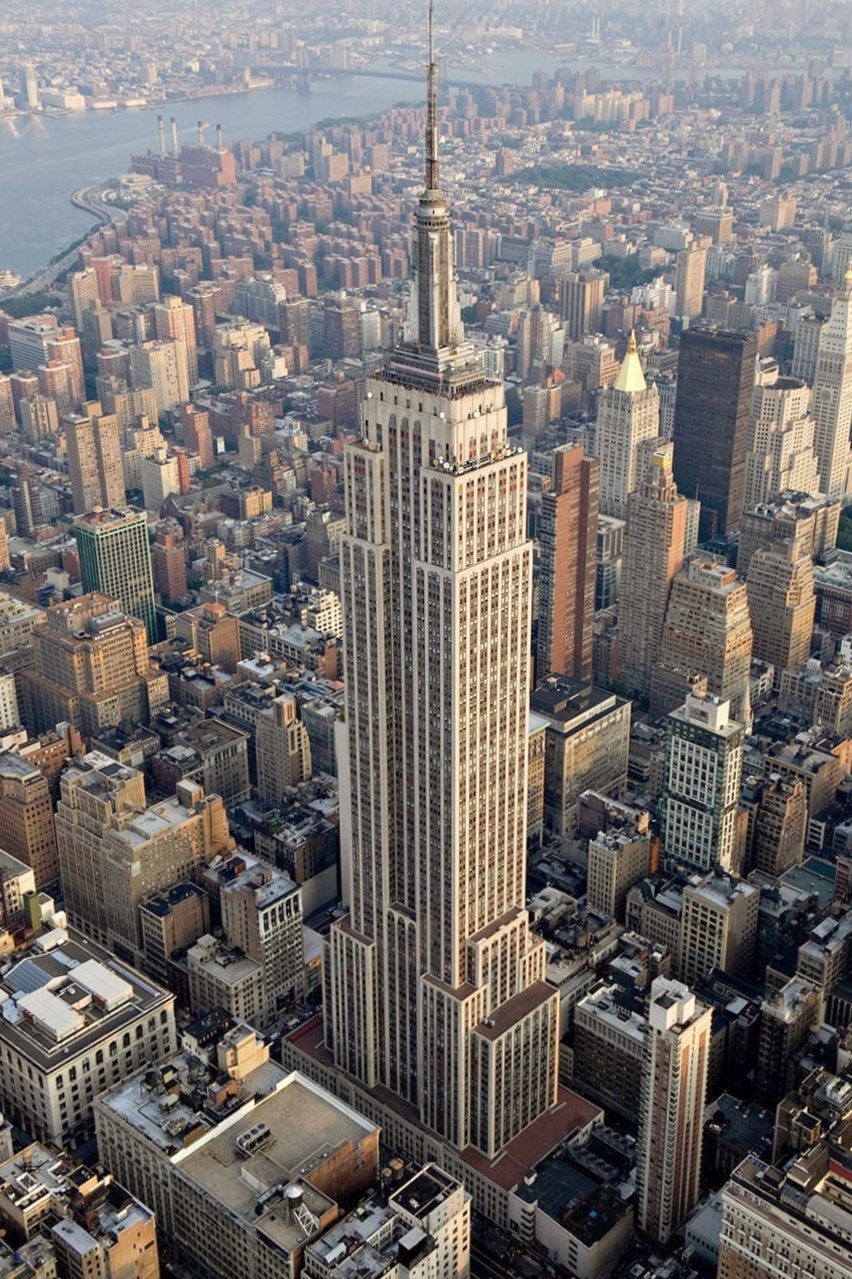
Empire State Building, New York City, USA (1931) – 381 metres
The world's best-known skyscraper, the 102-storey Empire State Building was designed by architecture studio Shreve, Lamb and Harmon.
Its design was changed 15 times during development to ensure that it would be the tallest building in the world, a feat it achieved when it opened in 1931.
At 381 metres tall, the art deco skyscraper would remain as the world's tallest building until the World Trade Center towers topped out in 1970. The skyscraper remains the 49th-tallest in the world.
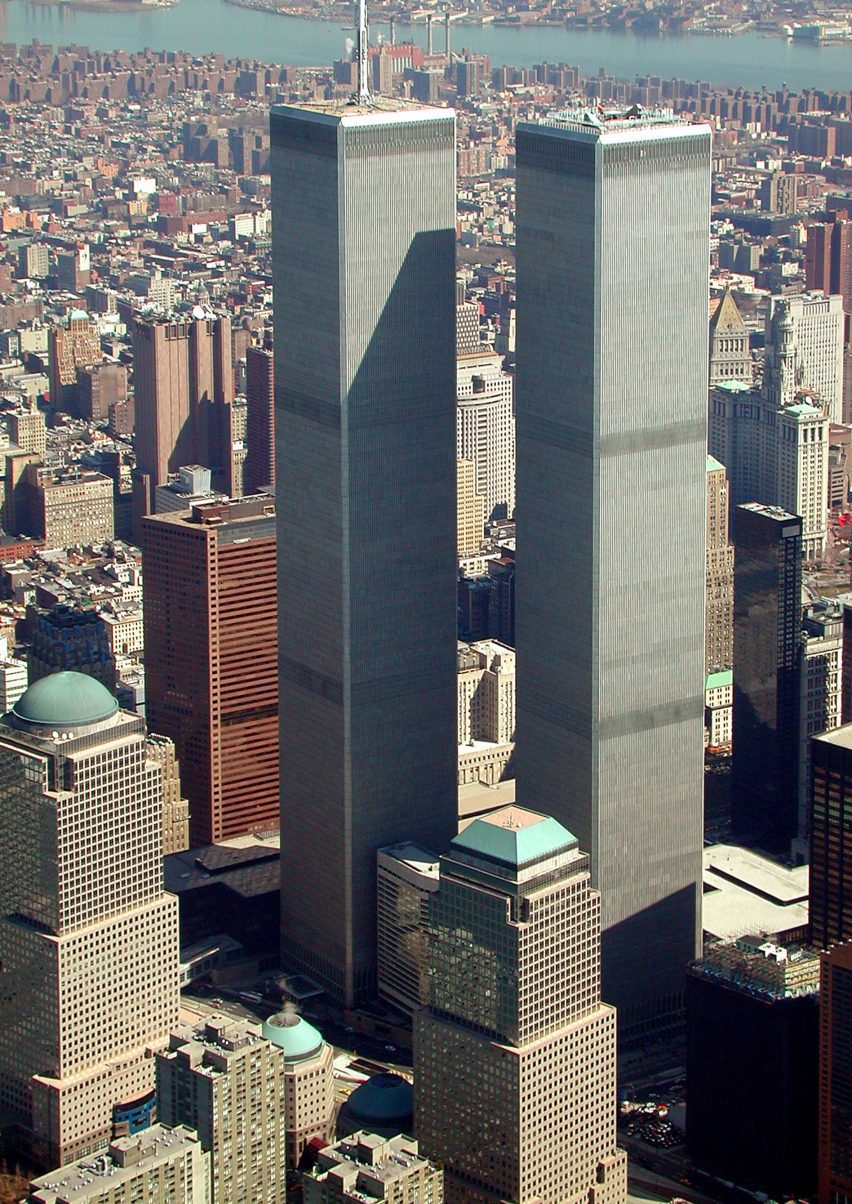
World Trade Center, New York City, USA (1973) – 417 metres
Rising around 30 metres higher than the Empire State Building, the World Trade Center ended the skyscraper's nearly 40-year reign as the world's tallest building. At 417-metres-high, the North Tower rises two metres higher than the 415-metre-high South Tower.
Designed by US architect Minoru Yamasaki, the Twin Towers were one of the most distinctive buildings in the city before they were destroyed in a terrorist attack on 11 September 2001.
Following the attack, the Empire State Building became the tallest in New York City once again, before the One World Trade Center was constructed on the site.
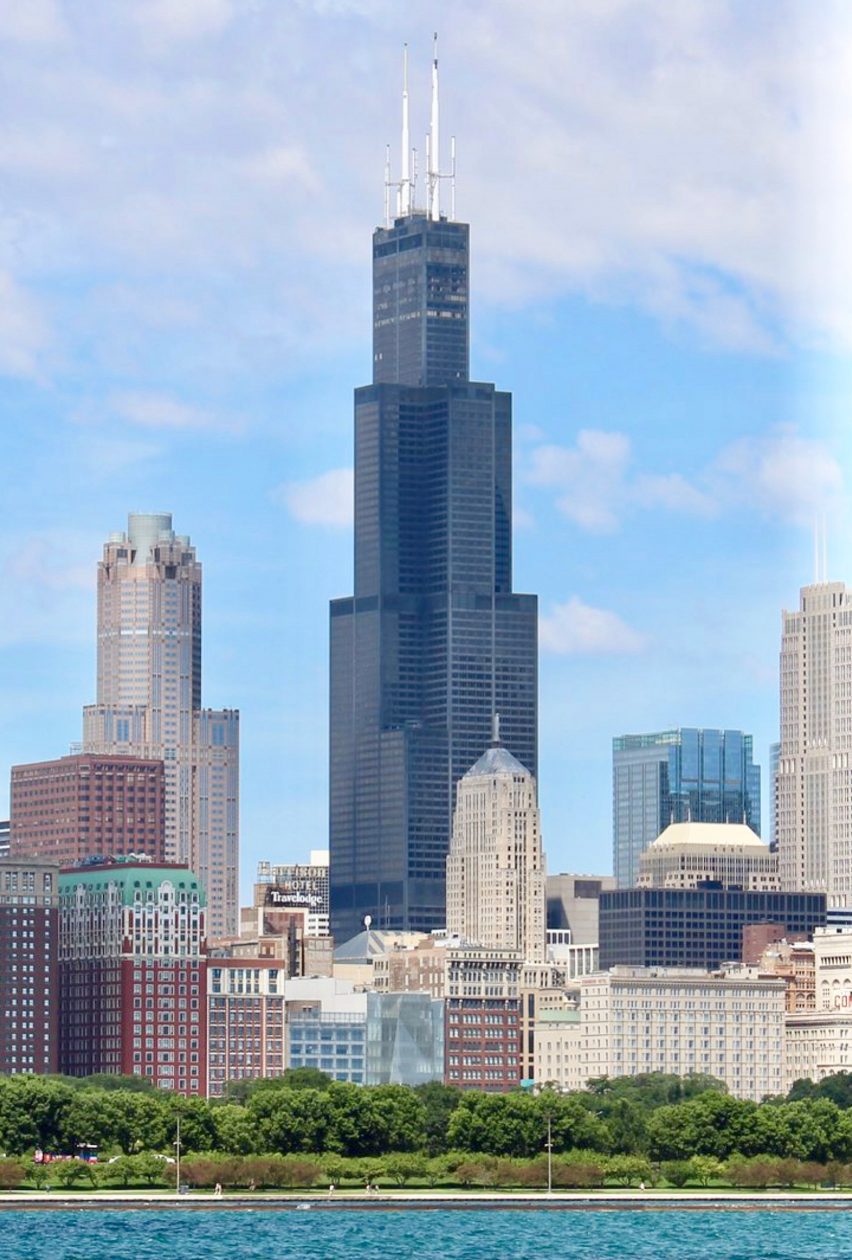
Sears Tower, Chicago, USA (1974) – 442 metres
Completed shortly after the World Trade Center towers, the 442-metre-high Sears Tower in Chicago took the title of the world's tallest skyscraper away from New York City for the first time in the 20th century.
The distinctive black 108-storey skyscraper was designed by US architecture studio SOM with a bundled tube structure.
Built for retail company Sears, which was headquartered in the building until 1994, the building was renamed Willis Tower in 1998 when insurance broker Willis Group Holdings became the primary tenant.
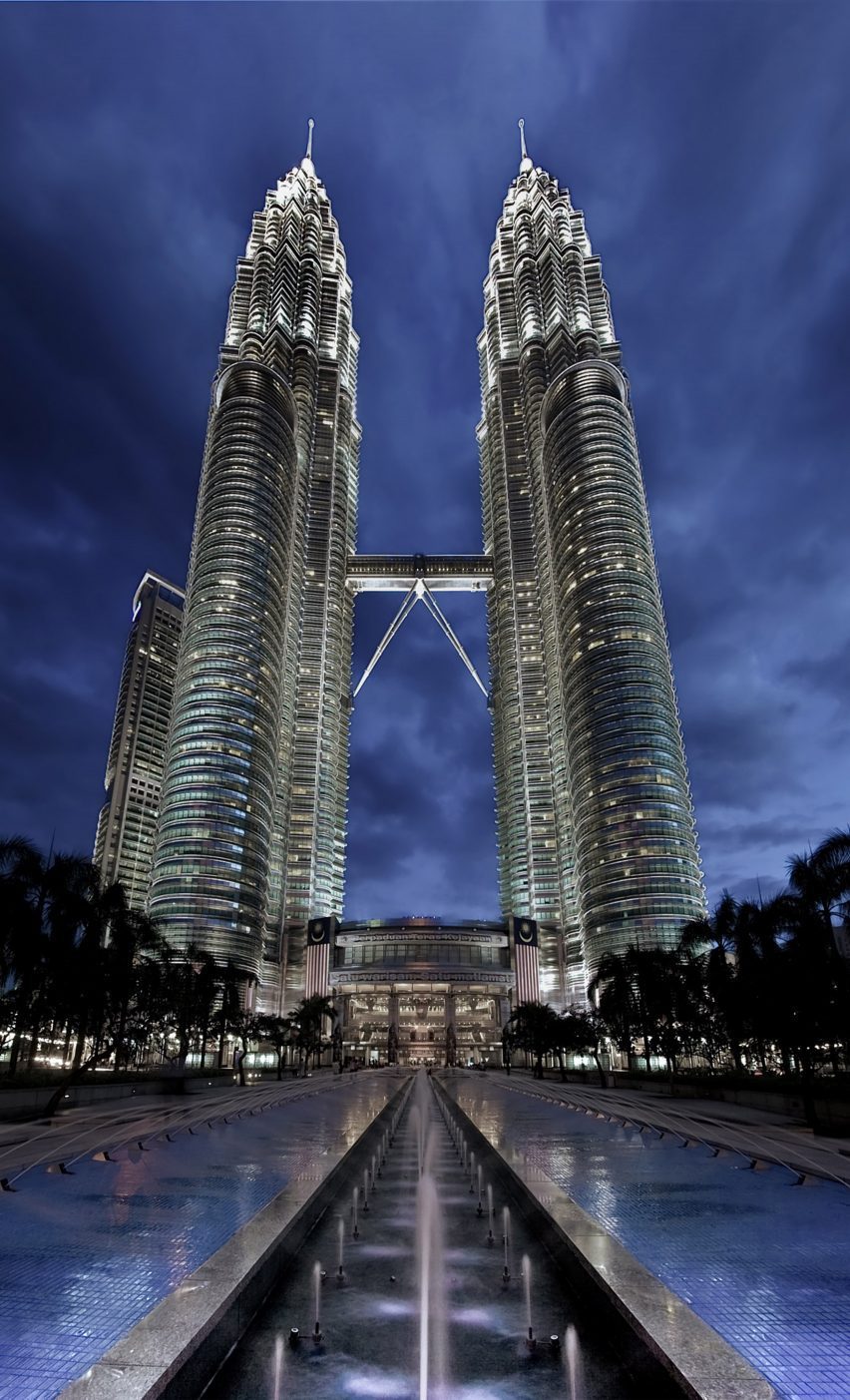
Petronas Towers, Kuala Lumpur, Malaysia (1998) – 452 metres
The completion of the Petronas Towers in Kuala Lumpur, Malaysia, in 1998 marked the first time the world's tallest skyscraper was not in the USA.
Although the roof was only 378 metres high, the architectural tips of the spires topping the pair of skyscrapers reach 452 metres, making it the world's tallest building according to the Council on Tall Buildings and Urban Habitat's official definition.
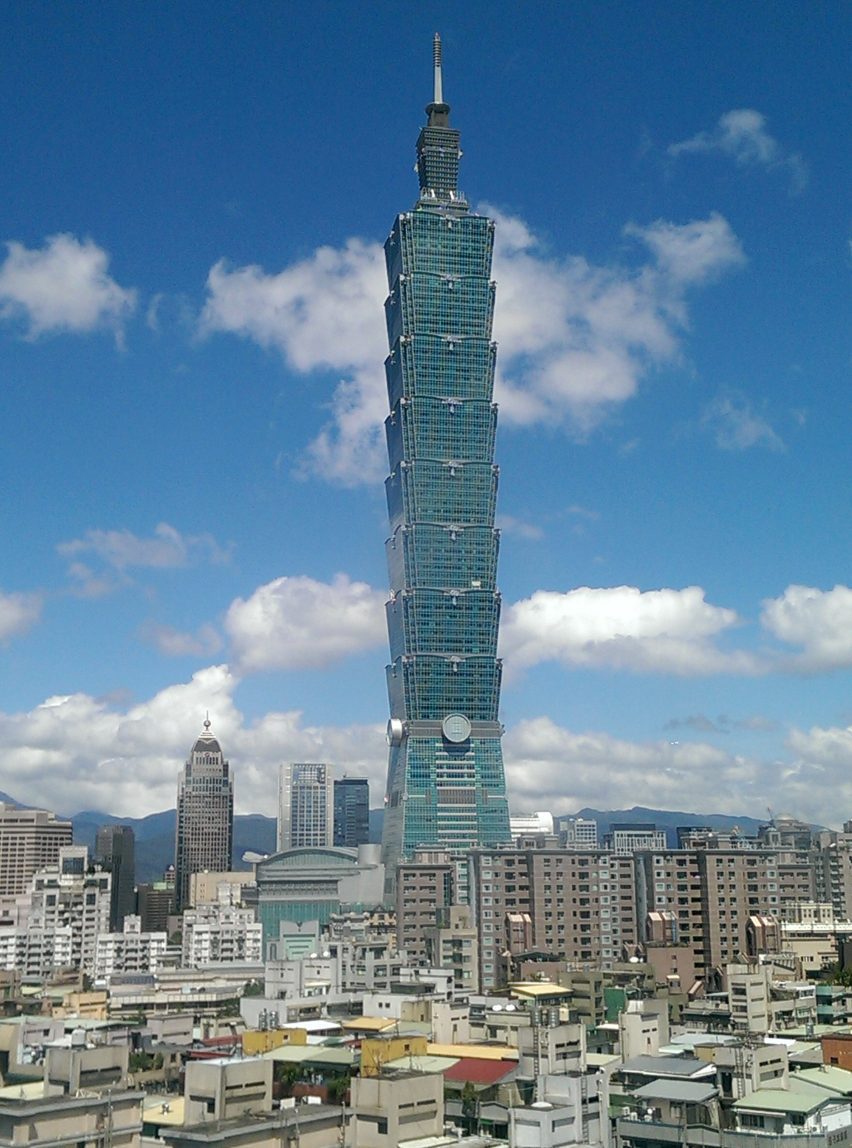
Taipei 101, Taipei, Taiwan (2004) – 508 metres
Completed in 2004, Taipei 101 took the title of the world's tallest building to Taiwan. As its name suggests, the tower is located in the city of Taipei and has 101 floors.
Designed by Taiwanese architects C Y Lee & C P Wang, the 508-metre-high building is over 200 metres taller than any other structure in the country.
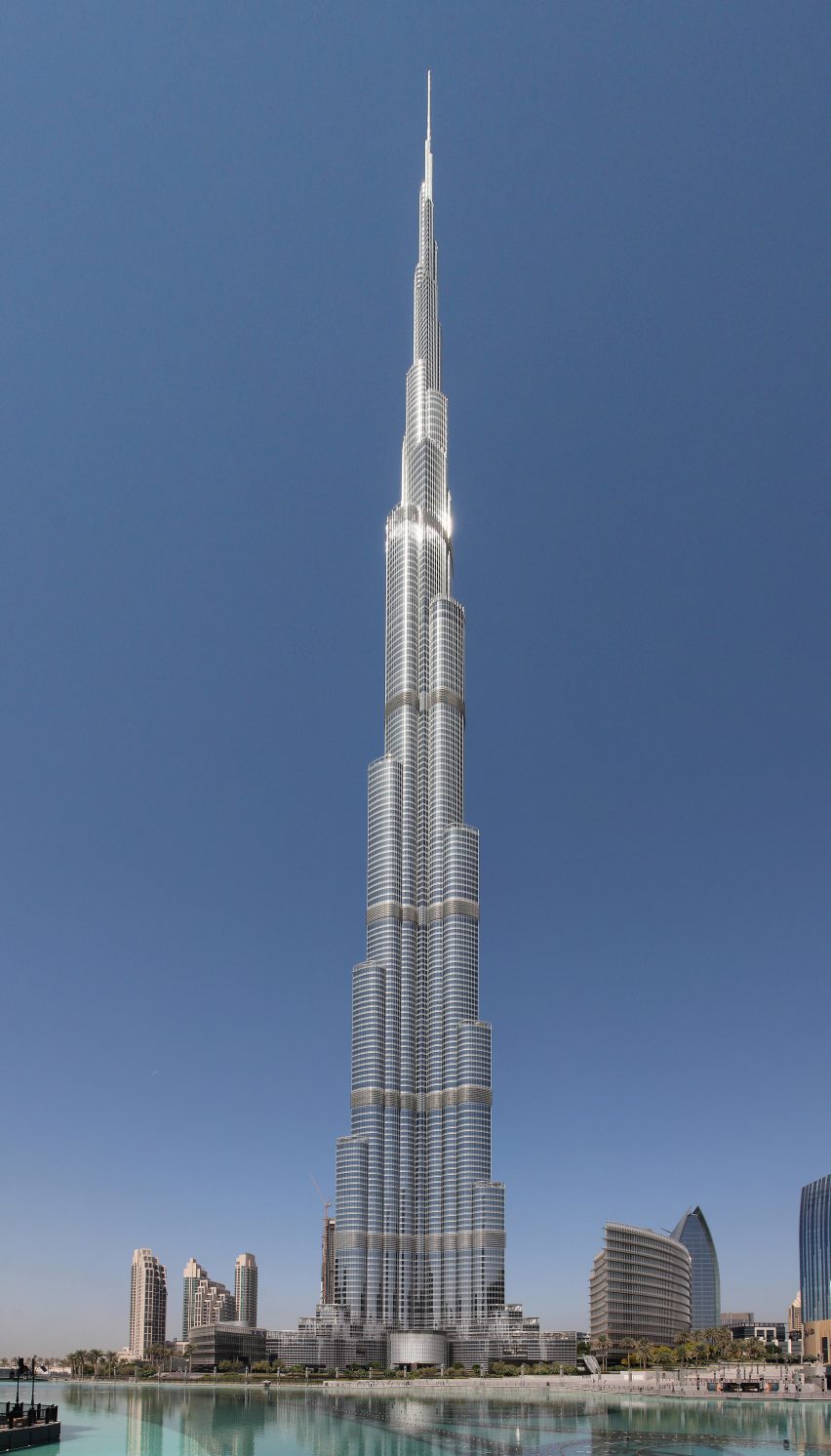
Burj Khalifa, Dubai, UAE (2009) – 828 metres
Rising over 300 metres higher than Taipei 101, the 828-metre-tall Burj Khalifa skyscraper in Dubai became the tallest building in the world by a huge margin when it was completed in 2009.
Designed by architect Adrian Smith while at SOM, the landmark structure is the centrepiece of a large development in the city's downtown area. Over a decade after the building was built, it is still almost 200 metres taller than any other building in the world.
9/11 anniversary
This article is part of Dezeen's 9/11 anniversary series marking the 20th anniversary of the terrorist attack on the World Trade Center.